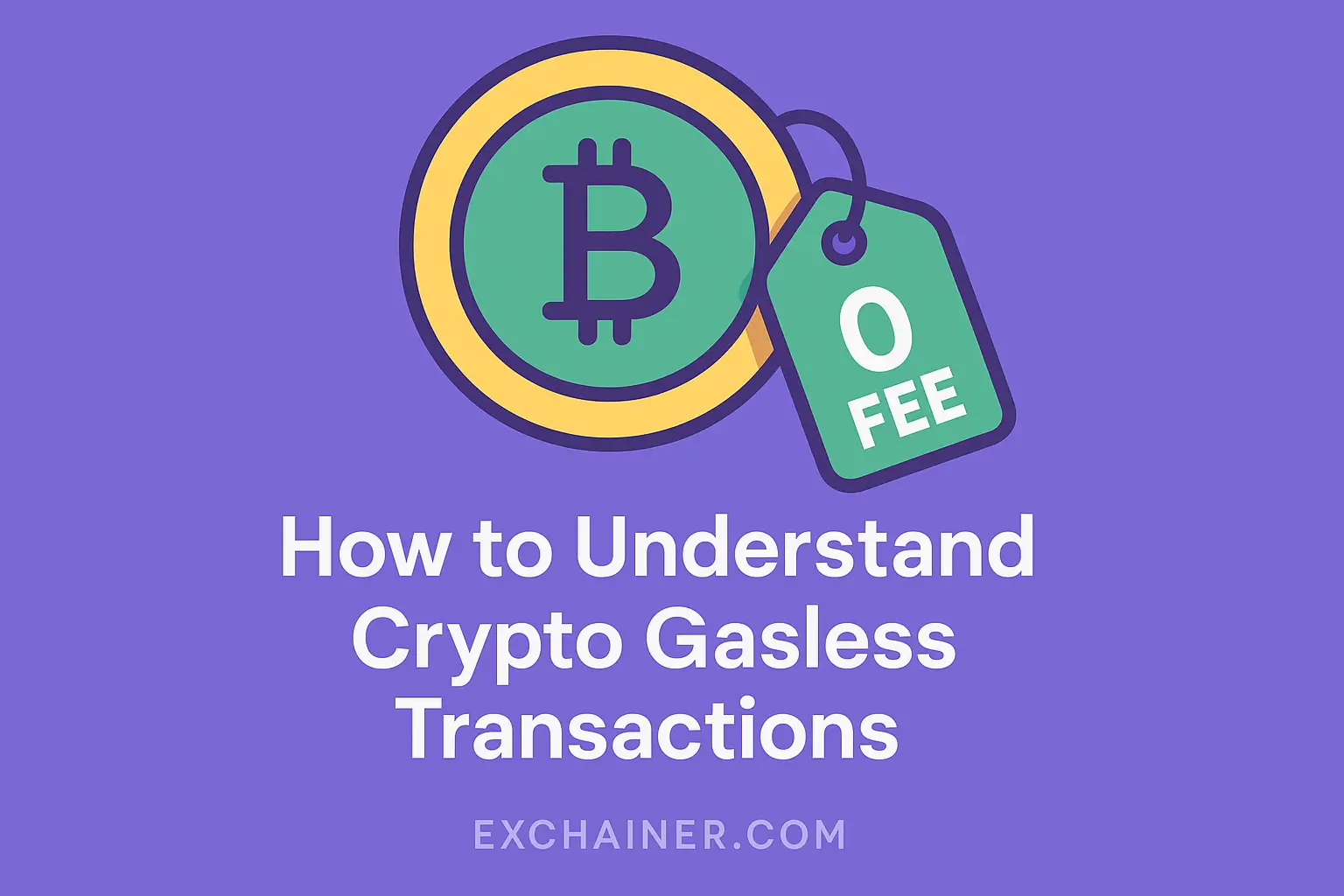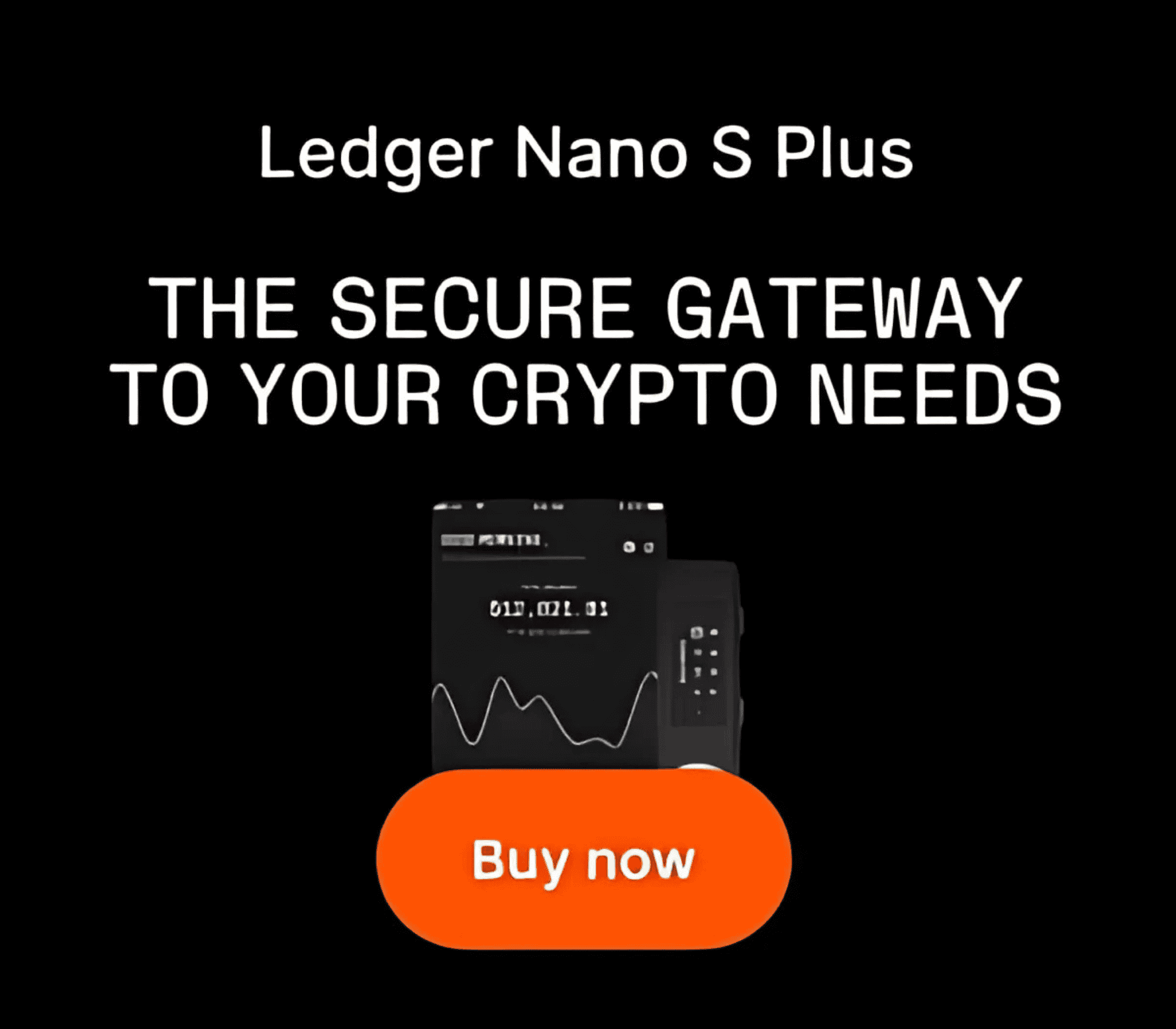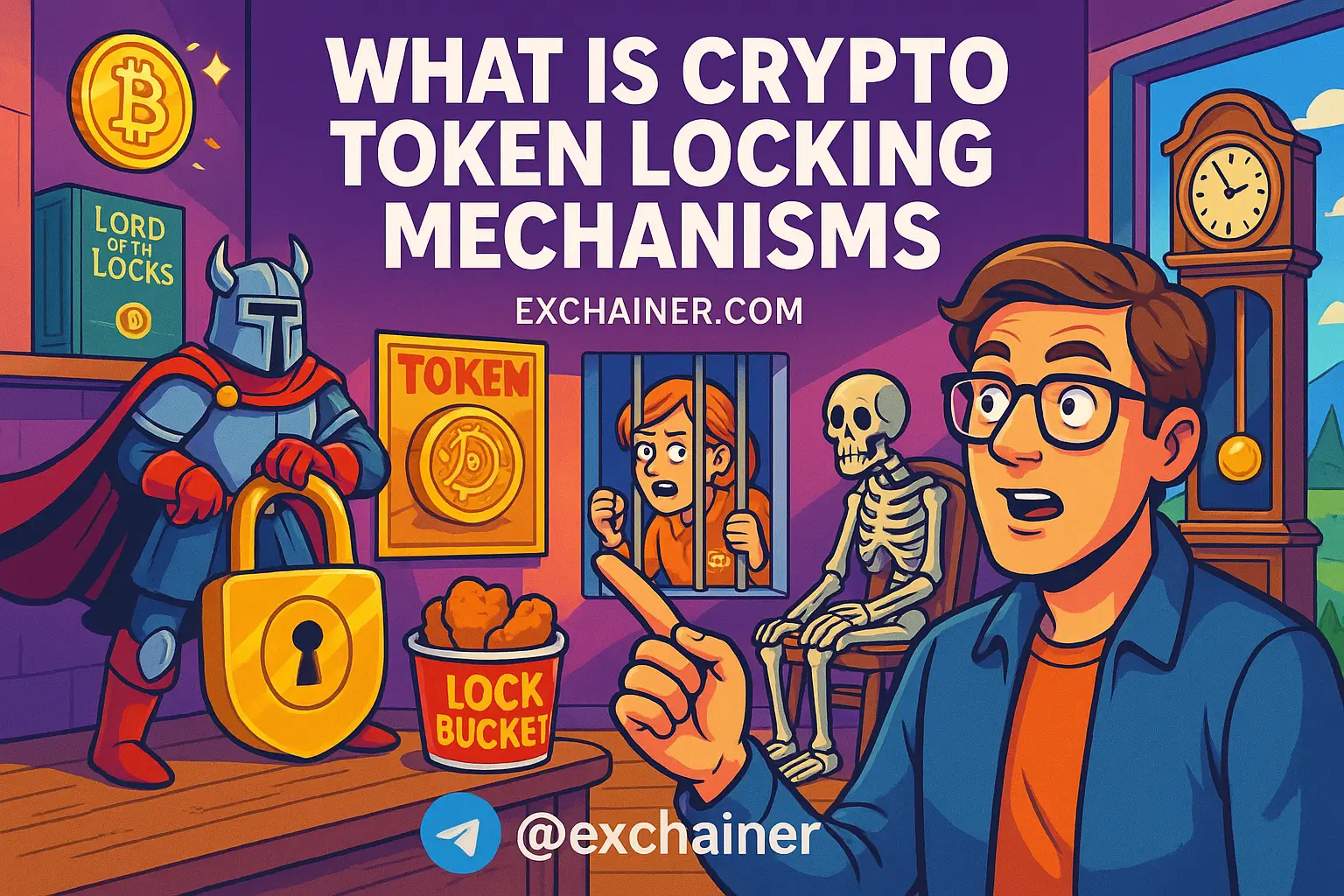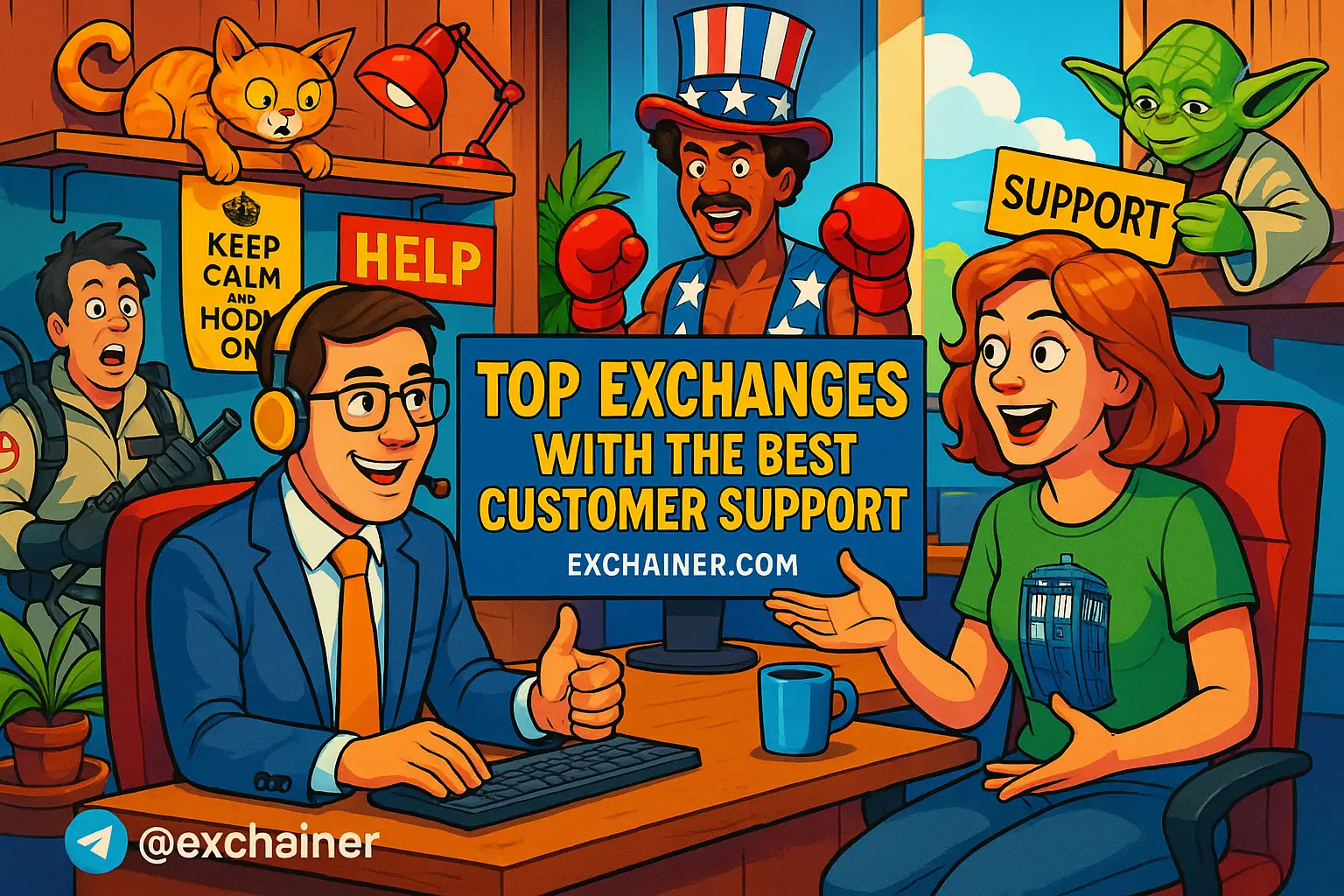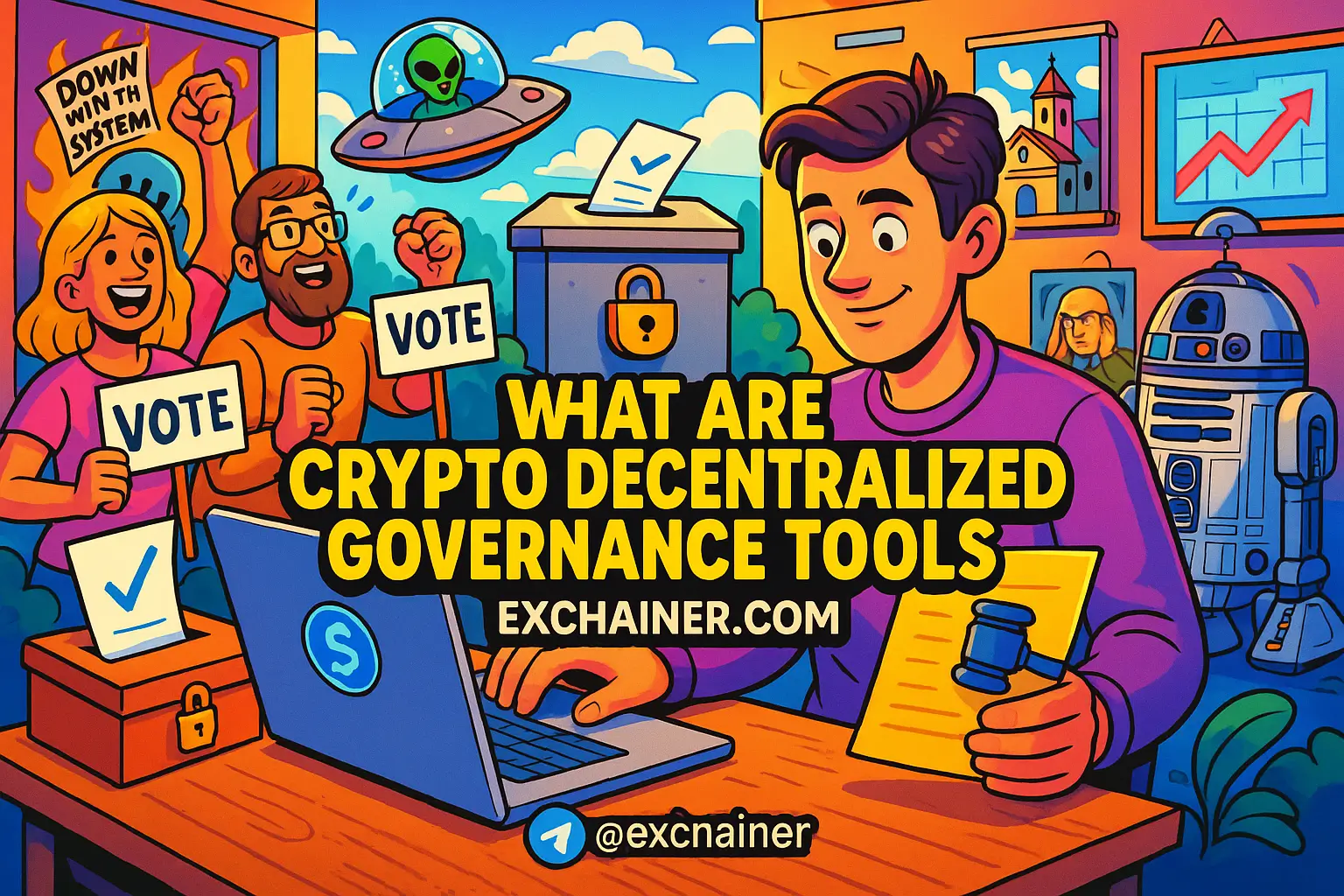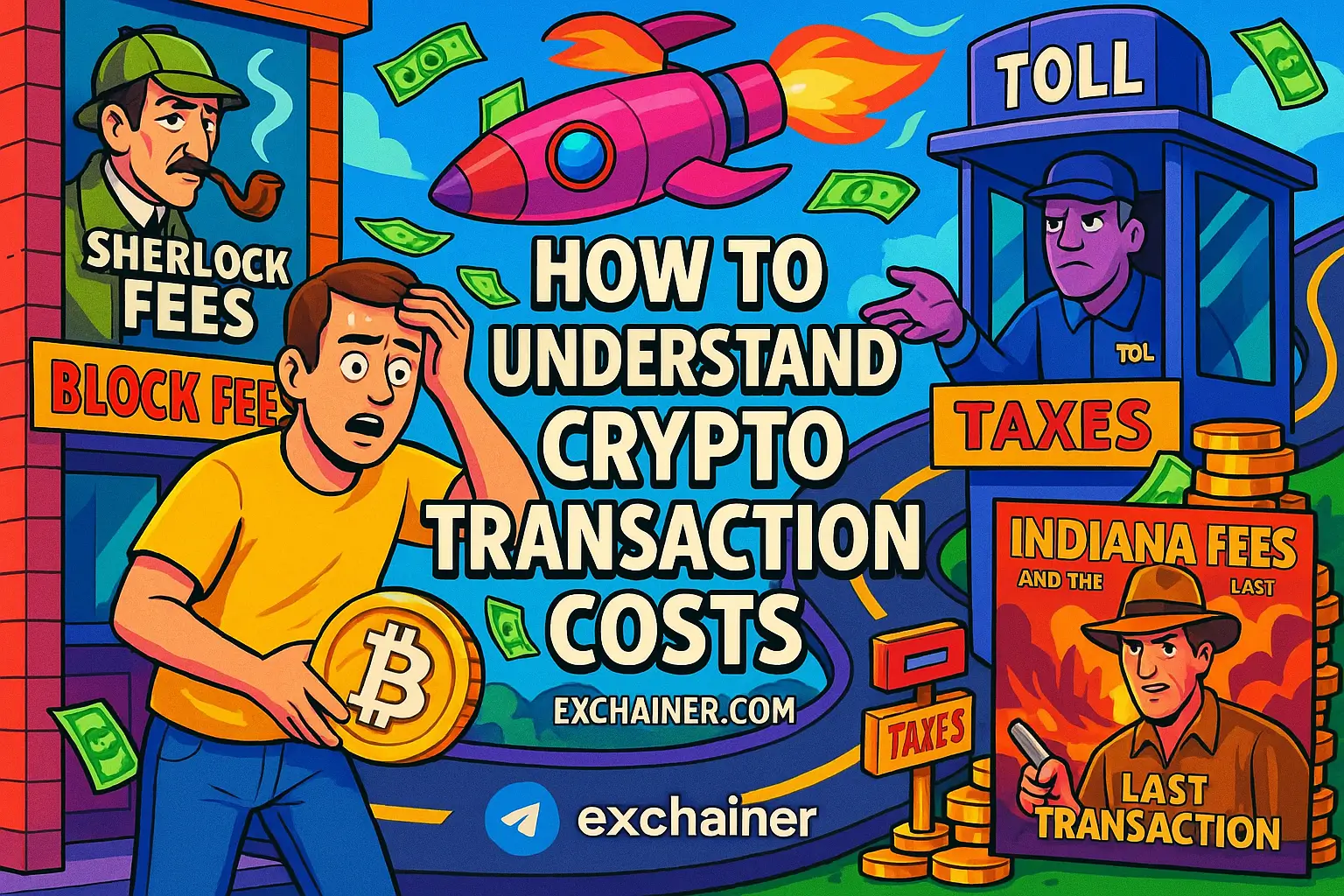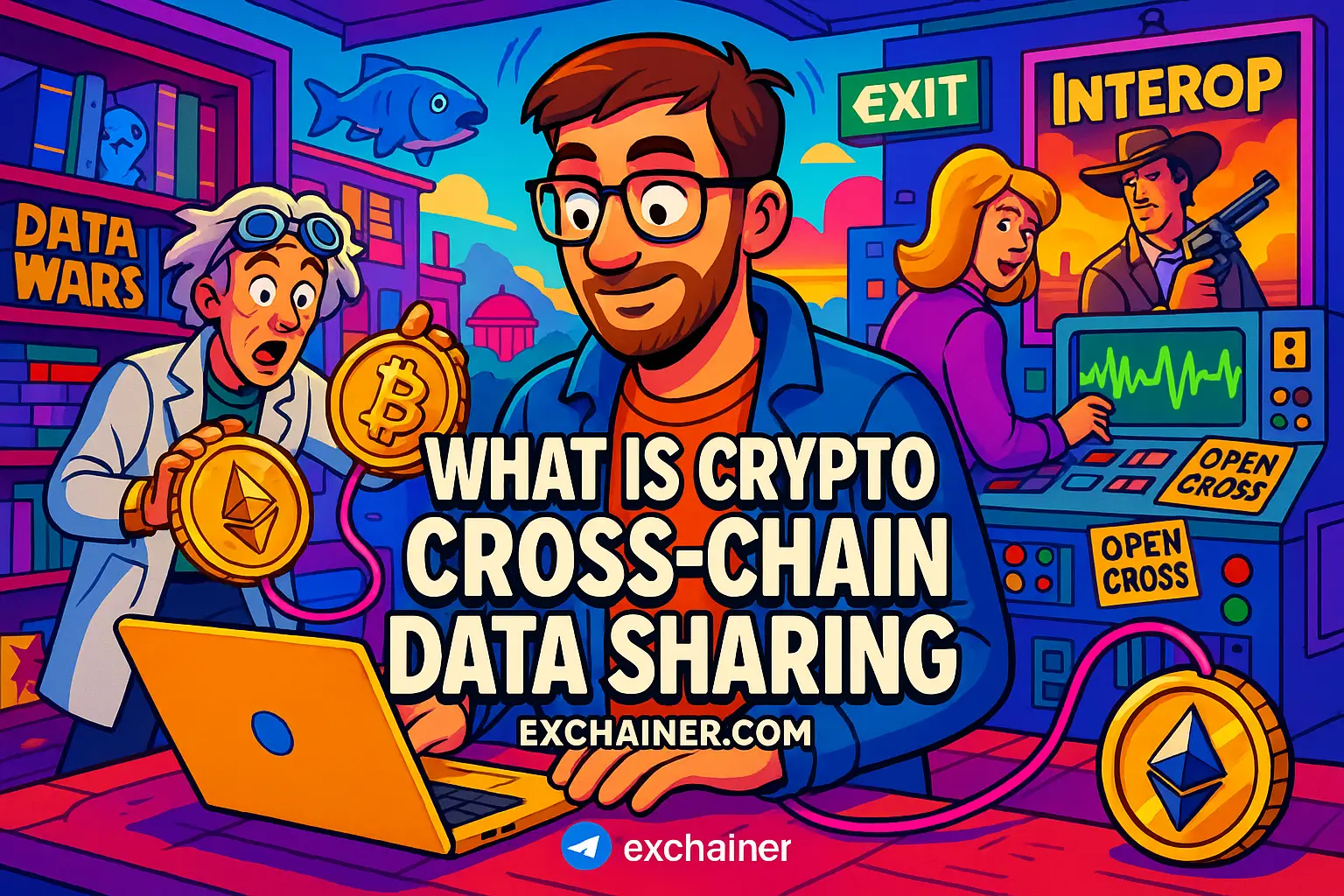Introduction
If you’ve ever tried to send a cryptocurrency transaction, you know it often comes with a fee, commonly called the “gas fee.” These fees can sometimes be confusing, frustrating, or just downright expensive, especially for newcomers exploring the crypto world. Imagine being able to move your digital assets without worrying about paying any gas fees at all. Sounds too good to be true? Well, that’s where gasless transactions step in, shaping the future of how we interact with blockchain technology.
Understanding gasless transactions is becoming crucial as more people dive into crypto trading, decentralized finance (DeFi), and non-fungible tokens (NFTs). For beginners eager to grasp crypto basics or even intermediates seeking new ways to optimize their experience, learning about gasless transactions can open doors to smoother, cheaper, and faster blockchain interactions. This article unpacks exactly what gasless transactions are, how they work, and why they matter, all in clear language designed for anyone curious about the digital currency space.
So, friends, ready to dive in? Let’s break down the mystery behind gasless transactions, explore why they matter, and see how they can change the way you trade and use cryptocurrencies.
What Exactly Are Gasless Transactions?
At its core, a gasless transaction is a crypto transfer or smart contract interaction that doesn’t require the user to pay the traditional gas fee, usually paid to miners or validators to process and confirm transactions on a blockchain. Normally, when you send a transaction on networks like Ethereum, Binance Smart Chain, or others, you pay a fee in the native currency (ETH, BNB, etc.), which compensates for the computational resources used.
Gasless transactions flip this model upside down. Instead of the user paying the fee, another entity covers the cost. The goal? To make blockchain interactions more accessible, friendly, and seamless, especially for those unfamiliar or alarmed by transaction fees.
How Does This Work in Practice?
Imagine you want to send some tokens, but you lack the native currency to pay gas fees. A gasless transaction allows a different party — often a dApp (decentralized application) or a relayer service — to submit the transaction on your behalf. This means you sign the transaction locally, but the relayer broadcasts it on-chain and pays the required gas.
The relayer might recover costs later through other revenue models, such as subscription fees, in-app purchases, or alternative token economics. This system not only helps onboard new users but can reduce friction for regular users, too.
Why Do Gas Fees Exist, and What Problems Do Gasless Transactions Solve?
To appreciate the value of gasless transactions, it’s important to understand why gas fees exist in the first place. In networks like Ethereum, gas acts as an incentive for miners or validators to secure the network and process transactions. The fees, which fluctuate based on network demand, prevent spam and allocate resources efficiently.
But here’s the catch: these fees are unpredictable and often expensive during periods of high usage. This creates several barriers:
- Accessibility issues: Newcomers might find paying gas fees confusing or prohibitive, particularly when fees outpace the transaction value.
- Poor user experience: Having to manage multiple tokens (one for the asset and another for gas) complicates onboarding.
- Limitations for microtransactions: Small transfers or interactions lose viability due to high fees.
Gasless transactions directly address these issues by removing or outsourcing transaction fees.
Example: A Beginner’s Frustration
Say Alice wants to buy an NFT on a popular marketplace but doesn’t have any ETH to pay gas. Without ETH, she can’t confirm the transaction, no matter how much she likes the NFT. A gasless transaction mechanism could allow the marketplace to absorb or handle the fee, letting Alice participate without the usual technical hurdle. This keeps newcomers engaged and lowers the friction of entering crypto ecosystems.
Types of Gasless Transactions and Their Mechanisms
Gasless transactions aren’t just one-size-fits-all. There are several ways developers and platforms implement this concept, each with pros and cons.
Meta-Transactions: The Backbone of Gasless Transactions
Meta-transactions are the most common technique powering gasless transfers. Here’s how they work:
- The user signs a transaction offline, essentially saying, "I approve this action."
- A relayer takes that signed transaction and submits it to the blockchain, paying the gas fee.
- Once confirmed, the user’s approval is recorded on-chain, but the user hasn’t spent any gas themselves.
Meta-transactions are a brilliant hack to get around the native gas fee requirement. They enable users to participate without owning native tokens, significantly simplifying the onboarding process.
Gas Station Network (GSN)
One well-known example of meta-transactions in action is the Gas Station Network. GSN is an open-source protocol that allows decentralized applications to pay the gas fees for their users, making transactions feel free — or “gasless” — from the user’s perspective.
GSN is a practical solution to onboard users who might be crypto-curious but hesitant because of fees. By funneling transactions through trusted relayers, GSN creates a more inclusive environment.
Layer 2 Solutions and Sidechains
Another approach to reducing or eliminating gas fees is through Layer 2 protocols, such as Optimistic Rollups or zk-Rollups. These technologies bundle many transactions off-chain and settle them on the main chain, massively reducing gas costs.
While not strictly “gasless” (someone still pays fees), the impact is significant enough that many call these transactions gasless due to minimal or no fees felt by the end-user.
Benefits of Gasless Transactions: Why They Matter for Crypto Users
If you’re wondering whether gasless transactions are just a gimmick or a real game-changer, the benefits speak loudly.
1. Improved Accessibility for Beginners
Newbies can jump into crypto without wrestling with gas fees or needing to understand multiple token wallets. This lowers the learning curve and increases adoption.
2. Enhanced User Experience
Removing the fee requirement smooths interactions. Imagine signing a transaction like sending an email, without needing to worry about extra costs or confusing token swaps.
3. Microtransactions Become Viable
Think about tipping your favorite content creator or buying small in-game items. High gas fees make these ideas impractical. Gasless transactions enable such use cases, unlocking new economic models for creators and users.
4. Growth of Decentralized Applications (dApps)
dApps using gasless methods attract more users by shielding them from unstable gas prices. This can accelerate ecosystem growth and innovation.
Real-Life Example
Polygon, a popular Layer 2 solution, offers near-zero gas fees, enabling apps like Decentraland and Aavegotchi to flourish with affordable interactions. Similarly, the Gas Station Network has uniquely paved the way for Ethereum-based apps to onboard more users seamlessly.
Practical Tips for Using Gasless Transactions
Now that you understand what gasless transactions are, here’s how you can make the most of them:
1. Choose dApps that Support Gasless Features
Look for applications or exchanges promoting “gasless” or “meta-transaction” capabilities. They’re often more user-friendly for beginners.
2. Use Wallets Compatible with Meta-Transactions
Some wallets are built to support gasless flows, automatically interacting with relayers. Examples include Argent or Gnosis Safe. Using compatible wallets can streamline your experience.
3. Stay Informed About Costs and Trade-Offs
Remember, “gasless” doesn’t always mean free. Sometimes fees are hidden or offset through subscriptions or token utilities. Understand the platform’s fee structure to avoid surprises.
4. Explore Layer 2 Networks for Faster, Cheaper Transactions
Networks like Polygon, Arbitrum, or Optimism can offer gasless or near-gasless experiences. Setting up your wallet on these layers can save you money on transaction fees.
5. Beware of Security Risks
Since relayers submit your transactions, trust and security become paramount. Use reputable services, and always verify signatures before approving anything. Always protect your private keys.
Conclusion
Gasless transactions are more than just a buzzword—they represent a vital step toward making cryptocurrency truly accessible and user-friendly. By removing the barrier of transaction fees, gasless mechanisms invite new users, promote innovative microtransaction use cases, and enhance overall crypto experiences. Whether through meta-transactions, Layer 2 solutions, or protocols like the Gas Station Network, the future is poised for a smoother, more inclusive blockchain space.
For anyone starting their journey or looking to deepen their understanding of how digital currency evolves, mastering the concept of gasless transactions is a must. They’re shaping how decentralized applications operate and how everyday users buy, trade, and interact with crypto assets.
Curious to learn more? Explore our beginner-friendly guides at Crypto 101, compare top exchanges in our Exchange Reviews, or discover the best tools and wallets at Tools and Wallets. Your next smart crypto move might just start with understanding gasless transactions!
Additional Resources
For a deeper dive into the technology behind gasless transactions and meta-transactions, check out the official Gas Station Network documentation at OpenGSN Docs. Also, explore current gas price trends at CoinMarketCap Gas Tracker to see how traditional gas fees fluctuate daily.
Stay curious, and keep exploring the fast-evolving world of crypto!

